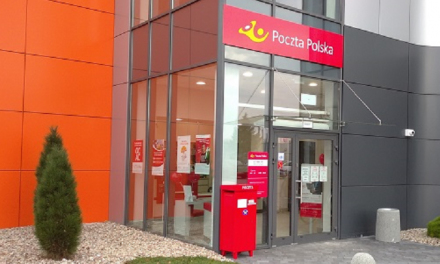
Working in partnership – The posts and Reader's Digest
The Reader’s Digest Business
In 1922 Reader’s Digest began publishing a small magazine that set out to inform and inspire people. Today that publication is in the same pocket sized format and has the same objectives but has grown to become the world’s most read magazine, with over 50 editions published worldwide. Since 1922 the business has diversified its magazine portfolio and broadened its publishing activities to include books, music and video.
We market our products direct to the consumer and are well known for our direct mail promotions. Most readers of this article will have received one at some point in their lives(and a good proportion will have replied – at least once !). Today our distribution channels are diversifying but direct mail continues to be the source of most of our new customers and of our revenue.
This bias towards direct mail is particularly strong in the International division, (everything outside of the US and Canada), which operates in over 70 countries and generates a billion euros of sales.. We publish the Reader’s Digest magazine in most of those countries but the greatest contribution to revenue is from sale of reference books covering subjects such as the home, health, food, puzzles, travel and history. In 2006 a total of over 360 million letters and 104 million products were mailed by the division. We are both a major customer and dependent of posts. Future expansion will be focused on Turkey, the Middle East and North Africa. We believe the infrastructure investments being made in these countries will create an environment in which the direct marketing industry can establish itself and thrive.
The role of the Posts – A Case Study in Romania
As any direct marketer will tell you there are four key enablers that have to be present in a country for the direct mail channel to establish itself. These are a direct mail friendly legal environment (most particularly in the area of data protection); a reliable remote payment system/process; the availability of up to date mailing lists; and the presence of a reliable and commercially oriented postal operator.
We have found posts to be key players in all four of these areas, and many see the benefits that can be derived from a vibrant direct marketing sector. Let me take as an example Romania.
Until we first visited in 2003, it is fair to say that direct marketing was not established to any extent. We met with the Post Office on our very first visit. From that time onwards Romania Post engaged fully in the process and played an important role as a strategic partner. As with all projects of this type we encountered difficulties along the way but the post was flexible in its approach and was a constant source of local advice, know how and useful contacts.
Since launch in 2004, Reader’s Digest volumes alone reached 12 million items per annum in 2006, and we know that in the same period a number of other major direct marketers have come into the market. The chart below shows our progress:
(‘000s) 2004 2005 2006
Letters mailed 1300 4400 10800
Parcels mailed 54 460 1300
It is clear from these numbers that the direct mail channel has provided a major new revenue stream for Romania Post. Aside from the absolute volume, an attraction for them was the higher margin generated from mail that is pre sorted and that, where possible, is timed to fit in with delivery capacity.
The Development of Mailing Lists
I would now like expand on the role posts can play in building direct mail responsive mailing lists. Generally speaking the most important factor in determining the success or failure of a direct mail campaign is the list mailed. Indeed direct marketing companies are valued by the health and value of their databases. As a consequence we at Reader’s Digest really recognise the value of data. This is an area where posts can utilise their unique resources and capabilities to participate. There is the opportunity to use the nationwide distribution network to build substantial databases that can be used for direct gain, through list rental and data analysis services, and, indirectly, through the growth in postal volume that a growing direct mail sector will bring.
In those developing markets where we do not have access to direct mail responsive lists, and I include a number of the Middle East and North Africa markets within that definition, we are exploring just such an approach. For example, we are developing plans to compile, with the post, databases that will be available to both parties. In this relationship Reader’s Digest is providing marketing materials and the post its distribution resources. We expect the result to be a database of names that will deliver strong results for the mutual benefit of the post, Reader’s Digest, other direct marketers and those consumers who wish to buy in this way.
The Requirement from Posts
As national posts become more commercially focused we hope and expect to see more strategic relationships of this type and to see existing relationships deepen.
The direct marketing sector will continue to bring long term commitment to markets, investment, and a willingness to work together to develop mutually beneficial solutions.
In return we seek five things from posts:
- Direct access to decision makers
- Openness to new ideas and a collaborative,partner oriented, approach
- A long term perspective
- Business orientation
- Delivery on commitments made
When these criteria are satisfied the opportunity to develop new markets together will become a reality.













